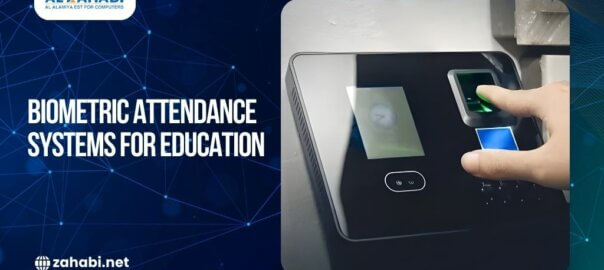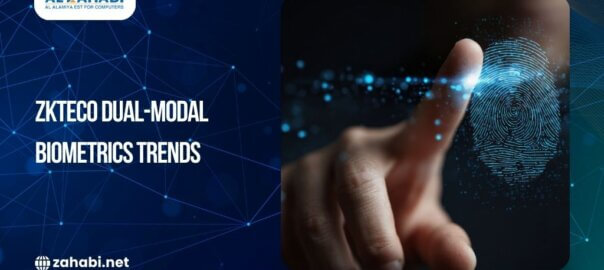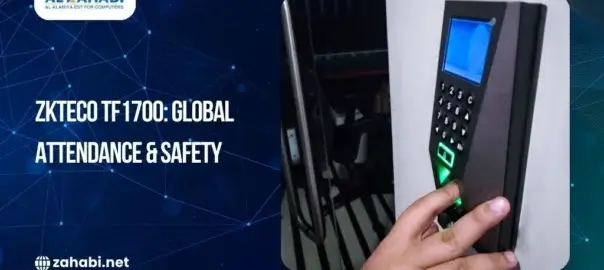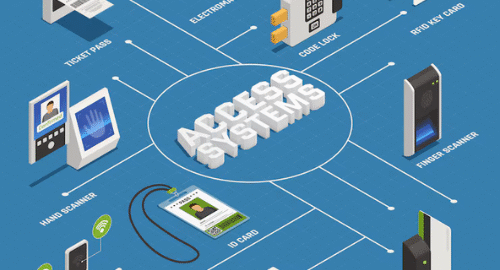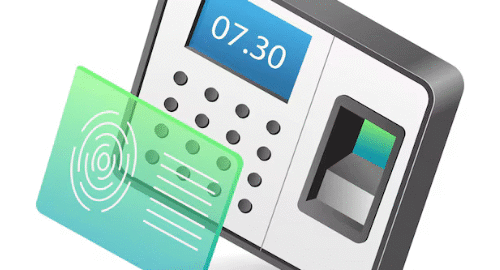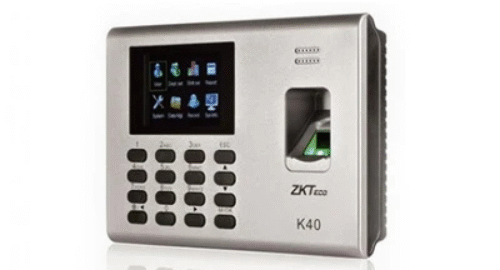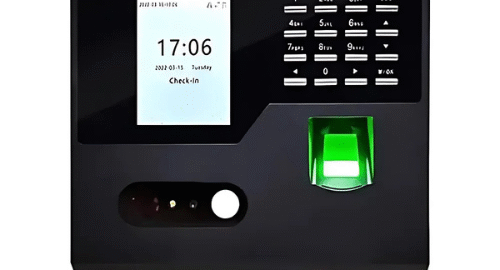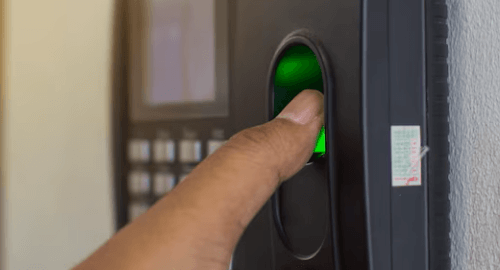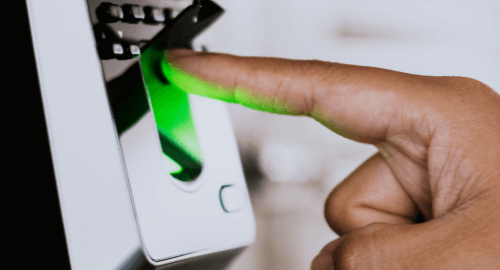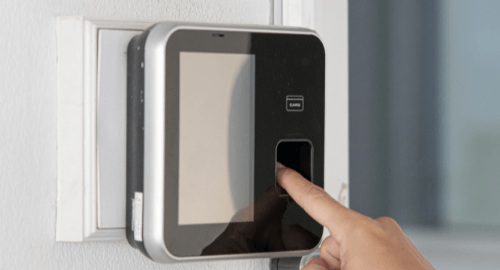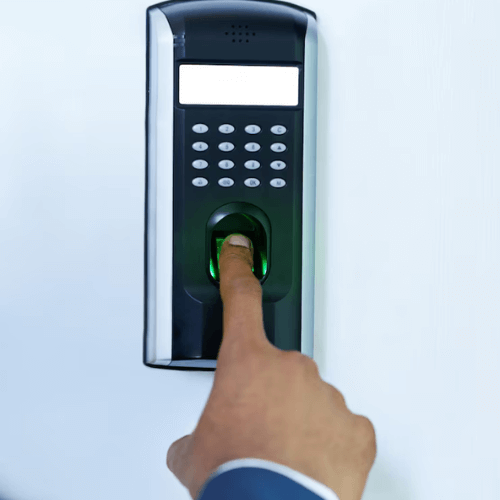
In recent years, biometric attendance systems have revolutionized how organizations track employee presence and punctuality. Among the most commonly used methods, fingerprint scanners have long been the standard. However, a new and more advanced alternative is quickly gaining ground — face recognition attendance systems. In regions like Kuwait, where digital transformation is a top priority, companies are now reconsidering their reliance on traditional methods such as the Kuwait fingerprint attendance system and exploring contactless, AI-powered options.
The Limitations of Fingerprint Attendance Systems
While fingerprint systems have been widely used for years, they come with certain drawbacks that are increasingly hard to ignore:
- Hygiene Concerns
Since fingerprint systems require physical contact, they can become hotspots for bacteria, an issue that gained attention during and after the COVID-19 pandemic.
- Wear and Tear
Fingerprints can become less recognizable due to age, injury, or worn-out ridges leading to false rejections or access issues.
- Hardware Maintenance
Dirt, moisture, or oil on the scanner or fingers can reduce accuracy, requiring regular cleaning and occasional recalibration.
- Delays and Queues
During peak hours, fingerprint systems can slow down entry due to verification lags, causing delays for both employees and visitors.
Why Face Recognition Is a Smarter Choice
Face recognition systems offer a contactless, efficient, and secure alternative. Here’s why more organizations are shifting away from the Kuwait fingerprint attendance system in favor of face-based technology:
- Contactless and Hygienic
Unlike fingerprint systems, facial recognition doesn’t require touch—making it more sanitary and suitable for health-conscious environments like hospitals, schools, and offices.
- Faster and More Scalable
Face recognition can identify individuals in under a second, even in crowds, reducing entry bottlenecks and improving operational efficiency.
- Higher Accuracy with AI
Modern face recognition tools use deep learning to improve accuracy over time, recognizing faces with or without masks, glasses, or slight changes in appearance.
- Low Maintenance
With no contact involved, there’s minimal wear and tear on the hardware. The systems also require fewer repairs or cleaning cycles.
- Real-Time Monitoring and Integration
These systems can be integrated with HR platforms to generate live attendance reports, trigger alerts for absences, and even support access control.
Use Case in Kuwait’s Evolving Workplace
Kuwaiti organizations, especially in the public and corporate sectors, are embracing smart workplace solutions. While the Kuwait fingerprint attendance system served its purpose, many businesses now require more advanced, secure, and seamless systems to match their digital transformation goals. Face recognition aligns perfectly with this shift offering security, automation, and speed.
Final Thoughts
While fingerprint attendance systems were a game-changer a decade ago, they now face serious limitations in a world that demands hygiene, speed, and intelligence. Face recognition systems emerge as the clear winner, especially for forward-thinking organizations in Kuwait looking to modernize their workforce management.
As AI technology continues to evolve, adopting face recognition attendance systems isn’t just a technological upgrade, it’s a step toward a smarter, safer, and more efficient workplace.

